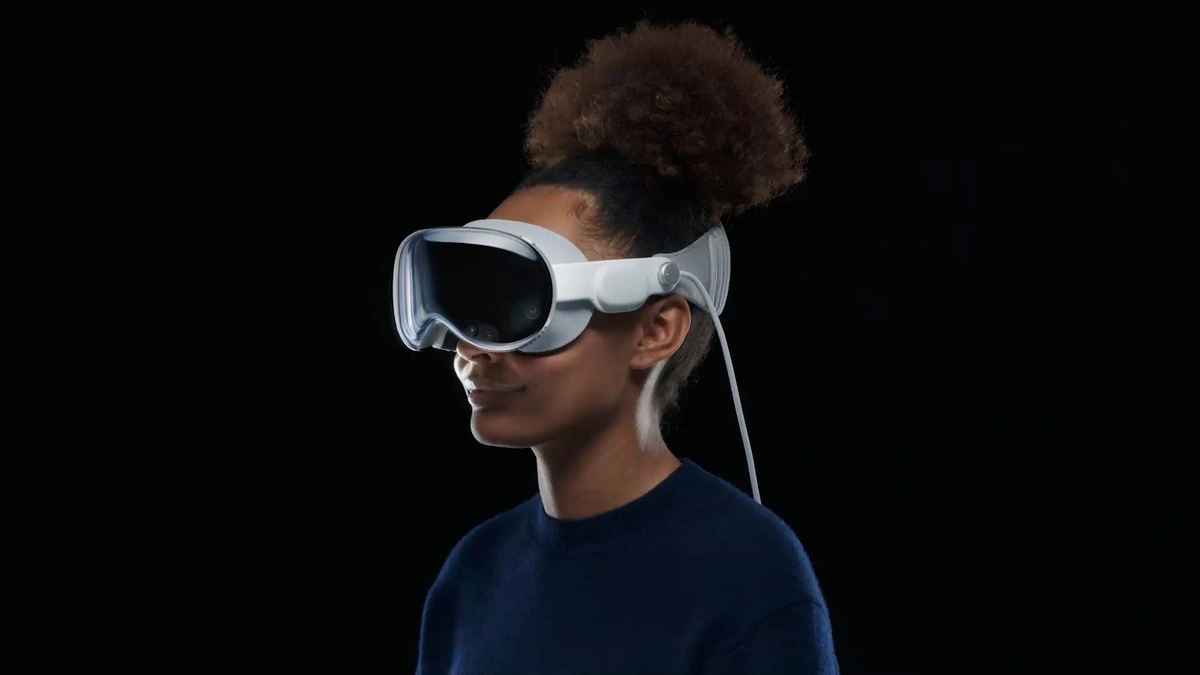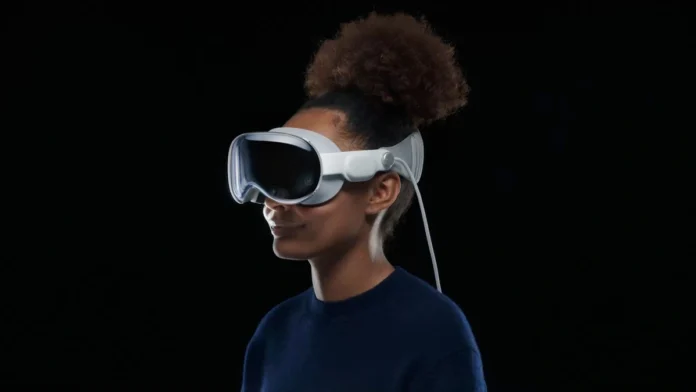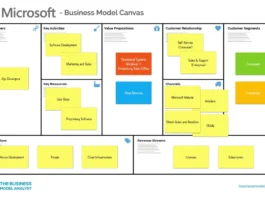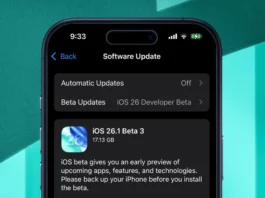Okay, let’s talk Apple Vision Headset . You know, that sleek, futuristic gadget that had everyone buzzing? Well, things just took a turn – a pretty significant one, if you ask me. Apple has reportedly halted the development of a more affordable version of the Vision Pro, opting instead to double down on smart glasses. Now, before you start picturing yourself as the next Tony Stark, let’s unpack why this matters, especially for us here in India.
The “Why” | Shifting Sands in the XR Landscape

Here’s the thing: the extended reality (XR) market is still finding its footing. We’re not all zipping around in the metaverse just yet, are we? Apple, with its deep pockets and even deeper understanding of consumer trends, is clearly recalibrating. This isn’t just about cost; it’s about utility and user adoption. A cheaper Vision Pro might have been tempting, but would it have solved the fundamental problem: convincing people they need this technology in their lives? Maybe not. And that’s where smart glasses come in.
Think about it. Smart glasses are less intrusive, more socially acceptable, and arguably more practical for everyday use. They align more closely with how we already interact with technology – a quick glance, a subtle notification, hands-free assistance. For the Indian market, where affordability and practicality often outweigh bleeding-edge features, this shift could be a game-changer. Could this be the beginning of mixed reality experiences hitting the mainstream?
Apple’s decision to prioritize augmented reality (AR) glasses could indicate a broader industry trend toward more accessible and practical XR solutions. The high price point of the current Apple Vision Pro, coupled with its limited use cases, may have deterred widespread adoption. Focusing on smart glasses could allow Apple to reach a larger audience with a more versatile product, potentially boosting the overall AR market.
The Indian Context | Affordability vs. Innovation
Let’s be honest, the original Vision Pro’s price tag made it a non-starter for most Indians. We’re a price-sensitive market, and while there’s definitely an appetite for innovation, it needs to be within reach. Smart glasses, being potentially more affordable, could bridge that gap.
Consider the potential use cases here: navigation in crowded cities, language translation on the go, hands-free access to information for professionals – the possibilities are vast. And with India’s burgeoning tech scene and growing middle class, the timing could be perfect. Will Indian developers jump on board and create killer apps for these wearable devices ? I certainly hope so. Think about the integration with UPI payments, real-time traffic updates optimized for Indian roads, or even augmented reality experiences tailored to local cultural sites. The potential is mind-boggling.
The “How” | What This Means for Future Tech
So, how does this decision impact the future of tech? Well, for starters, it signals a more pragmatic approach to XR. Apple isn’t abandoning the high-end market, but it’s acknowledging that mass adoption requires a different strategy. This pivot towards smart glasses might encourage other tech giants to follow suit, leading to more competition and, ultimately, better and more affordable products for consumers like you and me.
Also, this move could spark new innovations in display technology, battery life, and miniaturization. Making smart glasses truly seamless and unobtrusive requires significant technological breakthroughs. Apple’s investment in this area could accelerate the development of these technologies, benefiting other industries as well.It’s a domino effect, really, with Apple’s decision potentially reshaping the entire tech landscape.
This also affects developers. The development landscape for smart glasses will likely be different from that of headsets like the Vision Pro. Developers might need to focus on creating lightweight, context-aware applications that seamlessly integrate with the user’s environment. This could lead to new programming paradigms and development tools optimized for augmented reality applications .
Navigating the Hype | What to Expect Next
Now, before you get too carried away with visions of a fully augmented future, let’s temper expectations. Apple’s smart glasses are still likely a few years away from hitting the market. There are technical hurdles to overcome, regulatory approvals to secure, and, of course, the small matter of convincing us that we need another gadget in our lives. But, the trajectory is clear: XR is evolving, and Apple is betting big on smart glasses as the path to mainstream adoption. Be sure to check out this piece aboutRay-Ban Meta glasses repair.
My advice? Keep an open mind. Don’t dismiss smart glasses as just another tech fad. They have the potential to fundamentally change how we interact with the world, and India, with its unique challenges and opportunities, could be at the forefront of this revolution. So buckle up, folks. The future is about to get a whole lot more interesting. The future of spatial computing may be more accessible than we thought.
Consider also the ethical implications of widespread smart glasses use. Privacy concerns, data security, and the potential for surveillance need to be carefully addressed. As these technologies become more integrated into our lives, it’s crucial to have open and honest conversations about their societal impact.
FAQ
Will the Apple smart glasses be affordable in India?
That’s the million-dollar question! While there’s no official price yet, the shift away from a budget Vision Pro suggests Apple is aiming for a more accessible price point with its smart glasses.
What are the potential use cases for smart glasses in India?
Think navigation, language translation, hands-free access to information, augmented reality experiences tailored to local culture, and more.
When can we expect the Apple smart glasses to be released?
Rumors suggest a launch within the next few years, but Apple hasn’t officially announced a release date. Stay tuned!
Will the smart glasses require a separate subscription?
It’s too early to say for sure, but it’s possible that some features or services might require a subscription.
How will Apple address privacy concerns with smart glasses?
Apple is known for its strong stance on privacy, so we can expect them to implement robust security measures to protect user data.
Will existing Vision Pro apps be compatible with the smart glasses?
It’s unlikely that all Vision Pro apps will be directly compatible, as the interaction paradigms are different. However, developers may be able to adapt their apps for the new platform.



